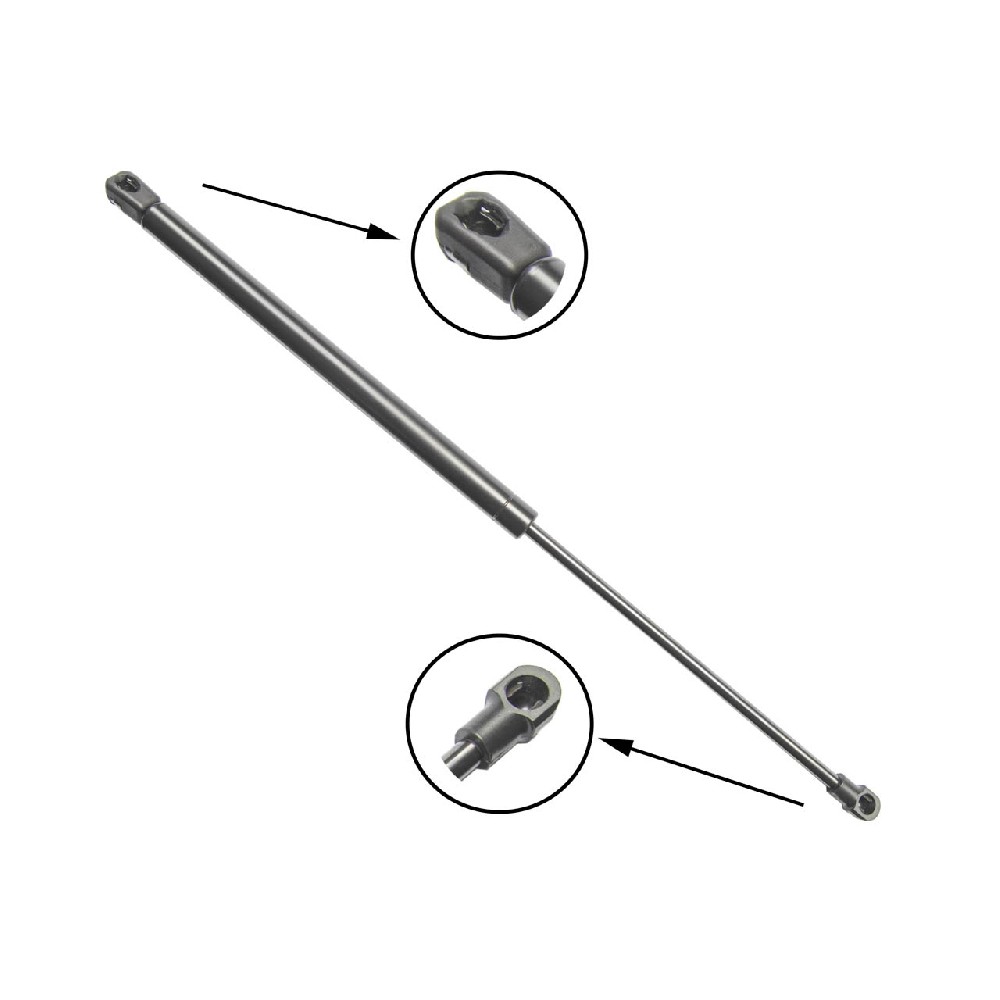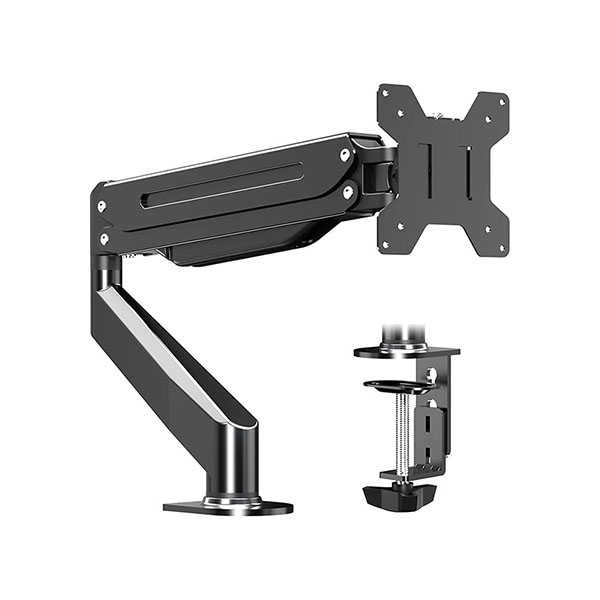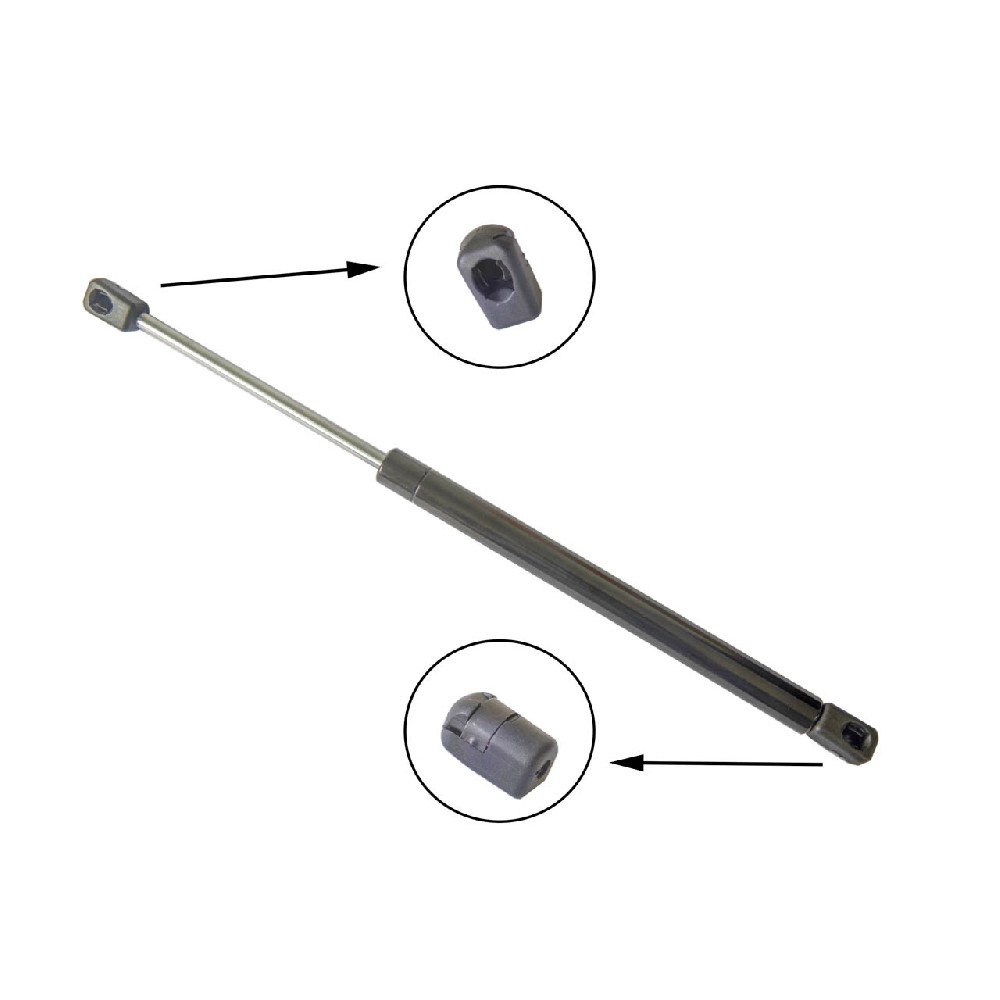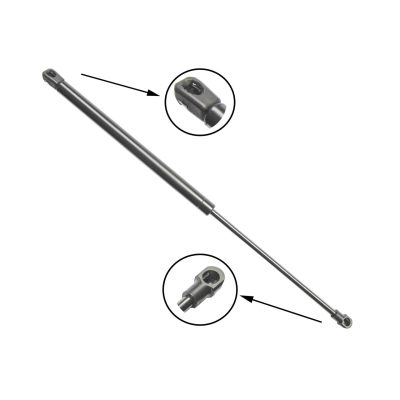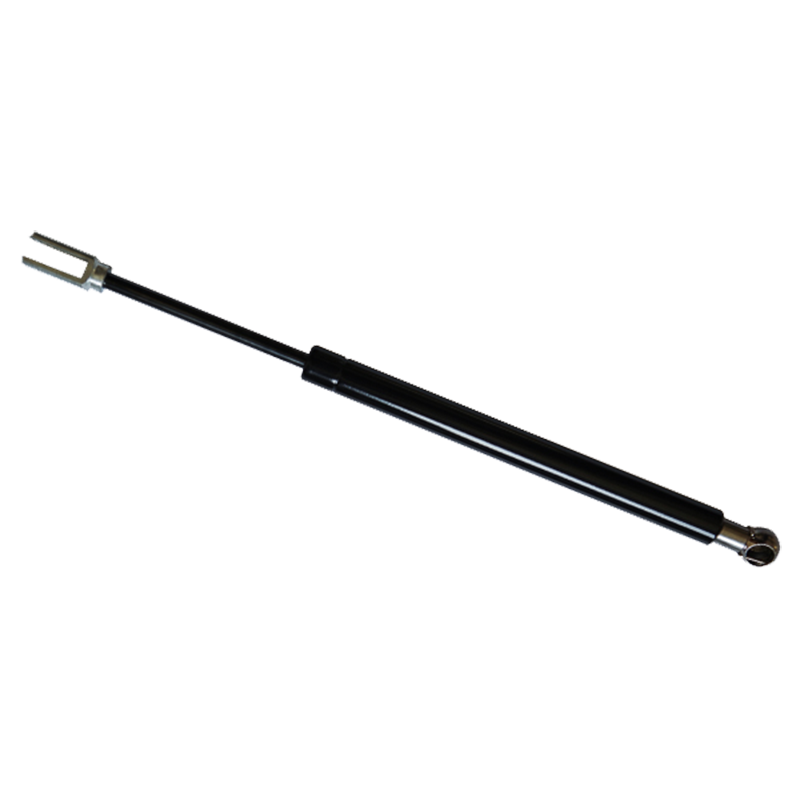
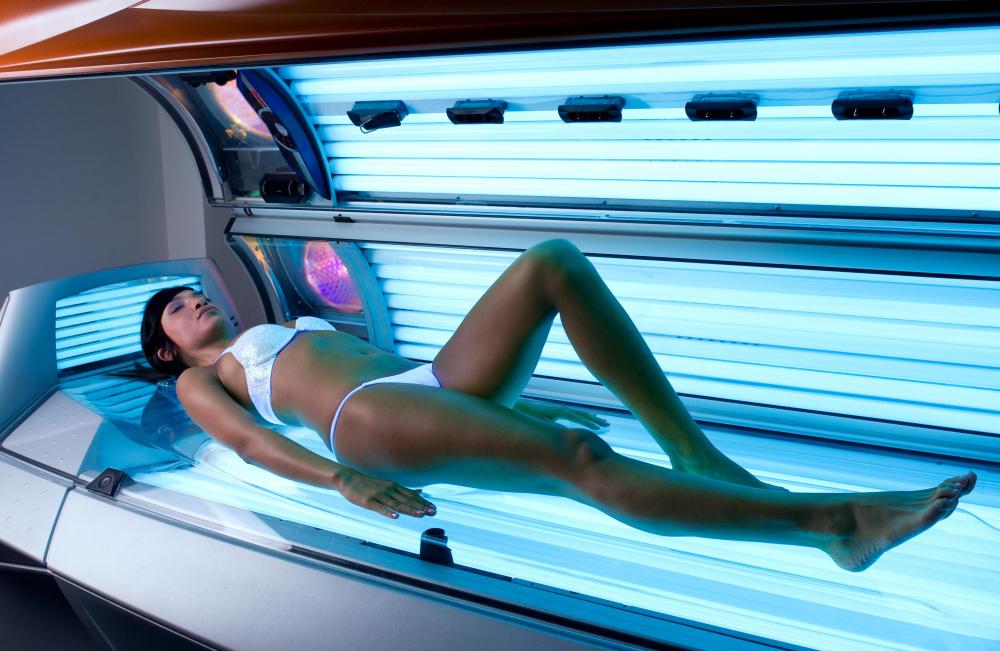
Tanning Bed Struts
What Are Tanning Bed Shocks?Tanning bed shocks are integral mechanisms attached to the sides of most tanning beds. They control the operation of the canopy so that people can move it up and down with relative ease. Generally, tanning beds use gas piston shocks, which should be periodically replaced to ensure proper operation.
Generally, tanning beds use gas piston shocks, which should be periodically replaced to ensure proper operation.
Most tanning beds are shaped like cylinders and have lids that lift up and down. The lid is more technically known as the canopy. A person tanning typically lies on the cylindrical bed and pulls the canopy down into the desired position. When the individual is done tanning, he or she pushes the canopy back up so that he or she can easily exit the bed.


The top of a tanning bed can be very heavy and difficult to manipulate. Consequently, most beds use shock absorbers to regulate the movement and operation of the lid. Typically located on either end of the unit, tanning bed shocks are attached at an angle from the body of the cylinder to the sides of the canopy. Generally, the units use gas piston shocks, which look like long, metallic rods. By absorbing most of the weight of the canopy, the tanning bed shocks keep a lid from coming down too fast while making it easier to lift and maneuver.
Basically, when the rod is forced down by the action of the canopy, the piston inside the tube compresses the gas, which then expands rapidly back into shape, pushing back against the piston and rod. This, in turn, slows down the movement of the lid and absorbs much of its weight. The rate at which the gas inside the pressurized tube expands after it is compressed is known as the K-factor, and the higher the K-factor, the more effective the tanning bed shocks will be.
Like most mechanical devices, tanning bed shocks can wear out and become less effective. If the canopy of a tanning bed won’t move up and down freely, feels uncomfortably heavy to lift, or comes down too quickly, in all likelihood, the shocks should be replaced. These parts are readily available at most tanning bed supply stores and online. Sizes and styles vary, and a person must know the particular make and model of his or her tanning bed before ordering new shocks. As a caution, because of the vital role tanning bed shocks play, the unit should never be operated without fully functioning shocks in place.
Gas piston shocks are sometimes called gas spring shocks, although the latter is something of a misnomer. These types of tanning bed shocks do not generally use springs. Rather, the shocks are made up of a rod attached to a piston, which is inserted into a pressurized tube filled with gas. The gas, generally a safe, neutral gas such as nitrogen, acts as a cushion against the pressure exerted by the lid.
Excellent stocks a wide selection of gas springs and shocks for tanning beds. Top tanning bed brand gas springs in stock.Get the best deals on Tanning Bed Shocks


